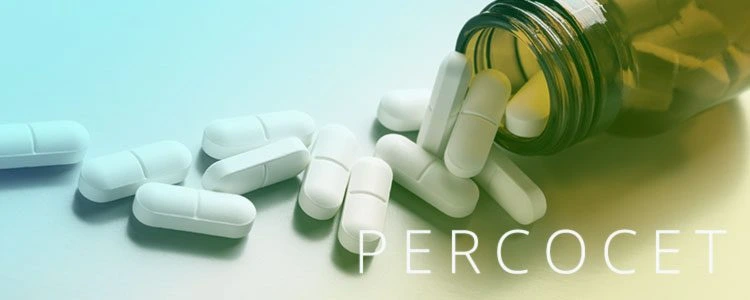Percocet Addiction

The abuse of prescription pain relievers is reaching epidemic levels in the United States. One of the most commonly abused painkillers in the U.S. is Percocet, a drug that combines an opioid medication and acetaminophen in order to treat pain. Those who suffer from an addiction to Percocet should get professional help immediately before the drug causes lasting damage to their bodies, economic well-being, and relationships. But what are the signs of addiction that mean that you need help?
Percocet Addiction Indicators
Those who are addicted to Percocet often exhibit some unusual behaviors. The drug is addictive and is obtainable by prescription, so addicts will often do what they can to receive medical treatment as often as possible. For example, Percocet addicts might frequently visit emergency rooms complaining of pain so that they can get the drug. Related Percocet addiction signs include frequently changing physicians or routinely visiting different doctors so that they can continue to get prescriptions for the drug from many different sources. Some addicts have even been known to forge prescriptions for the painkiller. Effective Percocet addiction treatment often includes addiction counseling that focuses on the unethical and illegal nature of such behavior to help encourage lasting change.
Other signs of Percocet addiction that are behavioral in nature include withdrawing from friends or family. Some people will stop engaging in activities they found pleasurable in order to devote time to their addiction. Addicts also will spend vast sums of money on the drug and therefore go through regular periods of financial difficulty. And many addicts will experience depression or anxiety that can be successfully treated only in one of the many traditional or alternative rehab programs for Percocet abusers.
Physical signs of an addiction to Percocet include dry mouth and dizziness. Fatigue and seizures also are not uncommon in Percocet addicts. If you suspect that you or someone you love is addicted to Percocet, look out in particular for combinations of these types of symptoms. Those who display both behavioral and physical addiction signs are more likely to be Percocet addicts than those who only show one kind of symptom.
Treatment for Percocet Addiction
At BetterAddictionCare, our client counselors can help you find the best addiction recovery program for you. We can match you with medically supervised treatment programs in our nationwide network that will provide a safe and comfortable environment for recovery. Call today or fill out our contact form: We’ll work with you and your private insurance to find the right treatment option.
